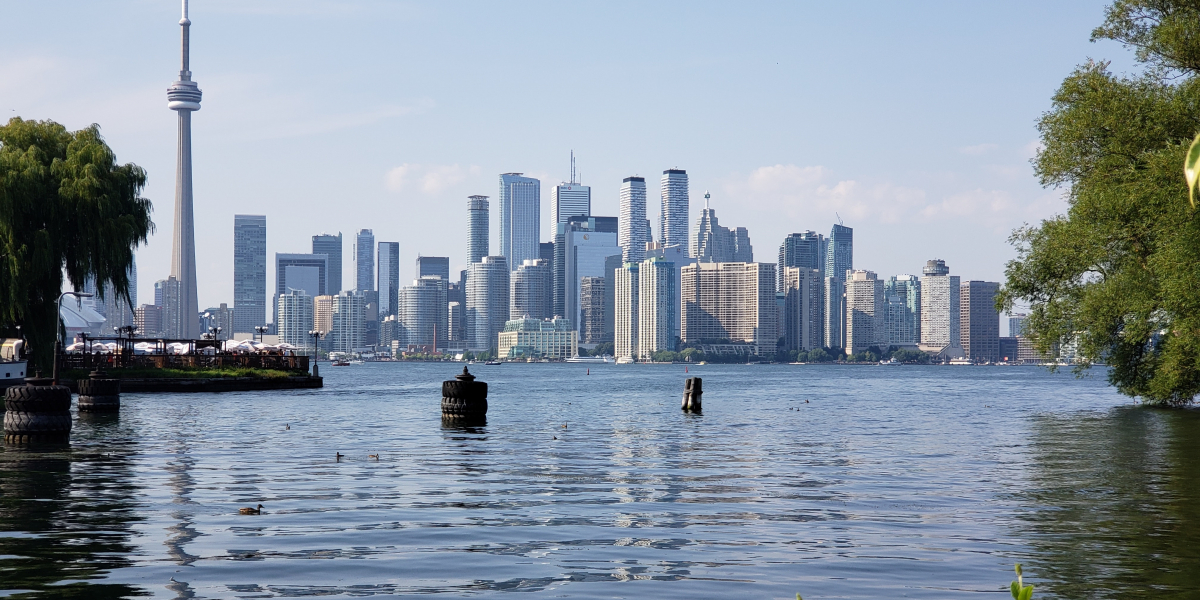
May 11, 2021
By: Paige Olmsted and Sushant
The cost of climate change and biodiversity loss are already being felt in Canada and around the world. Investing in nature is necessary to maintain life support systems, provide resilience to infrastructure and communities, support food security and global supply chains, and reduce health challenges presented by degraded environments, and poor air and water quality. We know that nature benefits people and economies by supporting adaptation to climate change, through improved health outcomes, and supporting underlying economic goals.
Investing in nature to ensure we can sustain these benefits is essential and, as our new landmark report released today shows, requires broad participation – not only governments and NGOs, but also corporate actors, the financial sector, and insurance industry, to name a few.
Despite the range of benefits that investing in nature delivers, funding gaps are present globally. This is in part due to the challenge of associating the costs of the diffuse effects of environmental degradation and the cumulative impacts that emerge over time to specific interventions. Most existing economic incentives lead to systems where production today comes at the expense of long-term sustainability. However, as the human footprint increases and the benefits provided by nature are ever clearer, strategies to align these costs and benefits are making a business case for investing in nature. And the needed scale of investment is substantial – the global gap for achieving the 2030 biodiversity targets is estimated at over $700B per year. Recent budget announcements for nature bolster earlier government commitments to provide public support for protected and conserved areas, with a specific emphasis on Indigenous protected and conserved areas, climate smart agriculture, and ecological restoration in urban and rural landscapes. It is clear that while government dollars are central to meeting our targets, Canada's commitments to dramatically reduce GHG emissions and protect 30% of land and oceans by 2030 will not be solved by public money alone.
While investments in nature have historically been largely taken on by the public sector, there is an increasing interest to see more participation from the private sector. Why?
Conservation Finance refers to strategies and financial arrangements that generate ecological and financial returns to investors in nature. For example, an agricultural impact fund can reward farmers for improved management practices, while investors receive a return on investment. It can be a tool to incentivize ecosystem restoration, and yield financial benefits (e.g. cost savings from floods or forest fires).
There are a variety of ways to engage the private sector -- they are diverse actors with different motivations:
It is a broad landscape with many actors, interests, and pathways to contribute directly. There is uncertainty regarding when and how to engage most effectively. In terms of financial instruments, what might make sense in one landscape is less applicable in another. It is not always clear who to partner with and how to weigh different approaches – green bond or carbon offset? Large-scale conservation or urban restoration?
Smart Prosperity Institute’s latest publication, Invest in Nature: Scaling conservation finance in Canada for a nature-smart economy, seeks to address some of these issues, by outlining conservation finance instruments that apply to public, philanthropic, and private organizations in protected and conserved areas, forestry, agriculture, and ecological restoration. We highlight local and international examples to examine the conditions that attract investment.
The report aims to promote a broader understanding of the conservation finance landscape, showcase promising examples as well as key learning from existing projects, highlight hurdles in the Canadian context, as well as opportunities to overcome challenges and expand the Canadian market. Despite the range of potential benefits to a broad set of stakeholders, conservation finance has been slow to emerge in Canada. In understanding why, we seek to provide pathways to overcome barriers and catalyze growth.